When it comes to logistics and transportation, selecting the right flatbed trailer is crucial. Among the various options available, the 48 ft flatbed trailer stands out due to its versatility and capacity. A common question that arises is, how much does a 48 ft flatbed trailer weigh? This article delves into the specifics of trailer weights, their construction materials, the impact of added features, and best practices for determining appropriate weight capacities for both safety and efficiency.
The Basics of Flatbed Trailers
Flatbed trailers are essential in the transportation industry, designed to carry heavy and awkward loads. They differ from enclosed trailers by having no sides or roof, making loading and unloading more straightforward. The choice of trailer often depends on the type of cargo being transported, local regulations, and weight limits.
Types of Flatbed Trailers
Before we explore the weight details, let’s categorize the different types of flatbed trailers:
| Type | Description |
|---|---|
| Standard Flatbed | Basic design, often used for general freight and construction. |
| Step Deck (Drop Deck) | Features a lower deck to accommodate taller loads under height restrictions. |
| Extendable Flatbed | Adjustable in length to carry oversized loads beyond standard dimensions. |
| Double Drop Trailer | Two drops in height, designed to carry heavy machinery and equipment. |
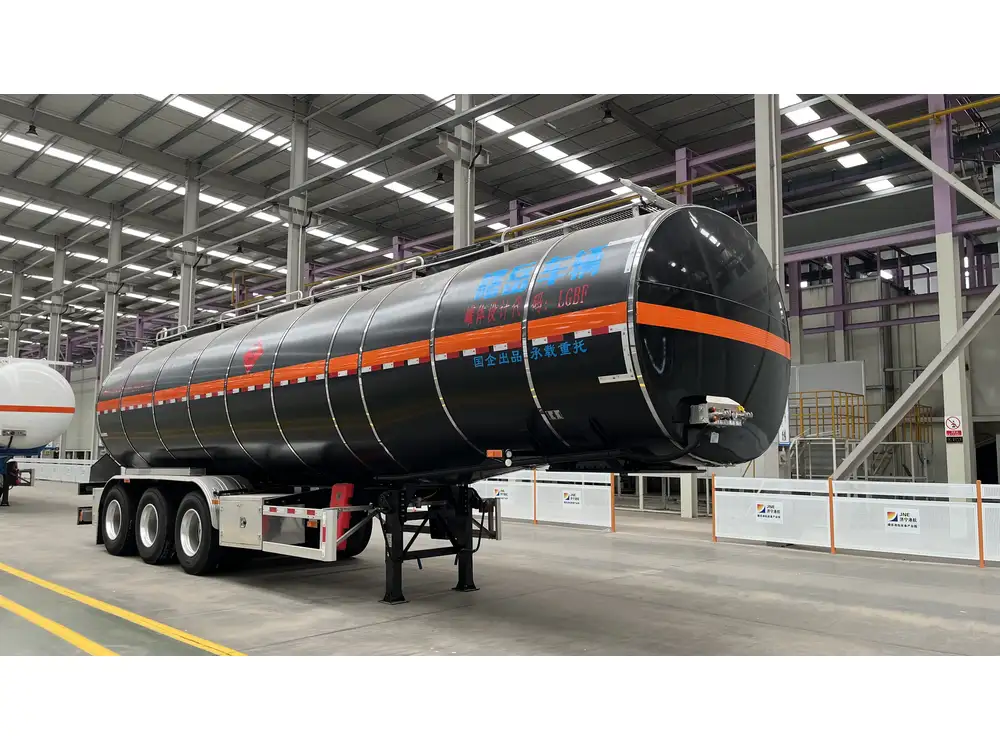
Factors Influencing the Weight of a 48 ft Flatbed Trailer
The weight of a 48 ft flatbed trailer largely depends on several factors, such as:
- Material Composition: Most flatbed trailers are manufactured from steel or aluminum, each offering different weight characteristics.
- Design Features: Additional components like toolboxes, winches, and ramps can add significant weight.
- Axle Configuration: The number of axles directly affects the trailer’s weight capacity.
Average Weight Insights
A fully equipped 48 ft flatbed trailer typically weighs between 10,000 to 12,000 pounds (around 4,500 to 5,400 kg). This weight range varies depending on the specifications mentioned above.
Breakdown of Weight Distribution
It’s crucial to understand how weight is distributed across various components of a flatbed trailer. Here’s a simple breakdown:
| Component | Estimated Weight Contribution |
|---|---|
| Frame Material | 3,000 – 4,500 lbs |
| Axles | 1,500 – 4,000 lbs |
| Decking (Wood/Metal) | 2,000 – 3,000 lbs |
| Additional Equipment | 500 – 1,500 lbs |
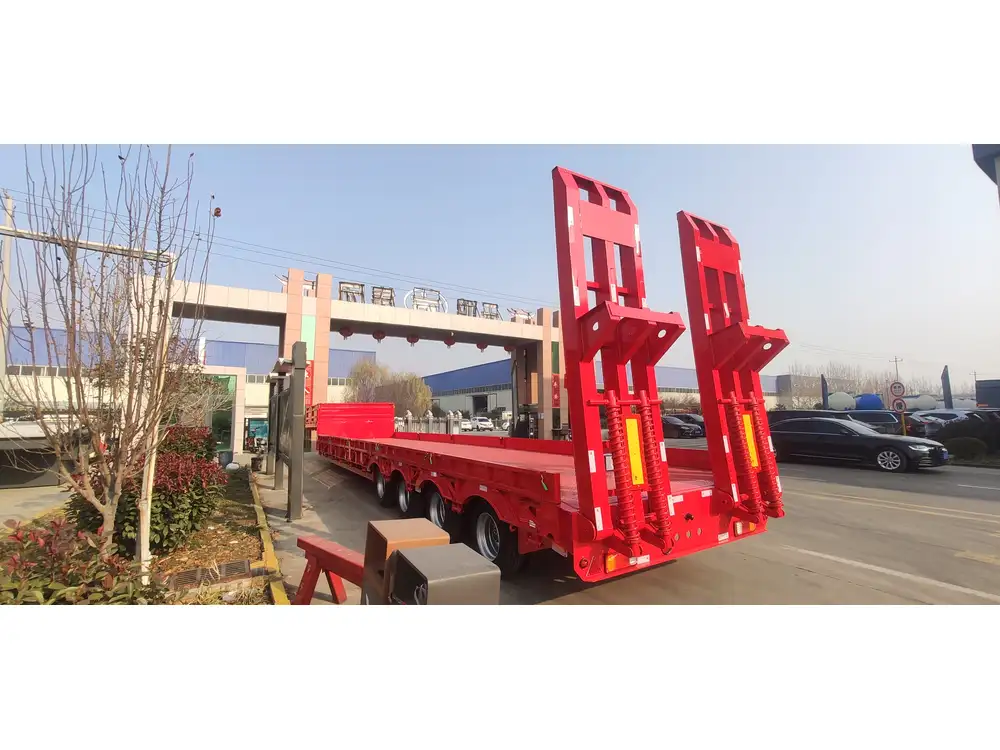
Key Considerations for Weight Capacity
Gross Vehicle Weight Rating (GVWR): This is the maximum weight a trailer can safely carry, including its own weight. It is essential to always operate within this limit to maintain safety on the road.
Load Distribution: Evenly distributing the load among the axles is critical to prevent undue stress, which can lead to mechanical failure.
Legal Regulations: Each state has specific regulations regarding weight limits for different types of vehicles and loads, so understanding local guidelines is paramount.
Myths and Misunderstandings
Based on our experience in the industry, several myths surround flatbed trailers and their weight capacities:
Myth 1: All Flatbed Trailers Weigh the Same: The misconception that all trailers of the same length weigh similarly is prevalent. The truth is that weight varies significantly based on material, design, and added features.
Myth 2: Lighter is Always Better: While a lighter trailer offers more payload capacity, it can also compromise durability, particularly for heavy-duty applications.
Calculating Your Trailer’s Weight
For those who require a more hands-on approach to determine their trailer’s weight, consider the following methods:

Method 1: Use a Scale
Weighing the trailer on a commercial truck scale is the most straightforward and accurate method. Ensure the trailer is empty and unloaded for accurate results.
Method 2: Manufacturer Specifications
Referring to the specifications provided by the trailer manufacturer can give an accurate average weight for popular models. This is particularly useful for standard models with no unique modifications.
Method 3: Estimation Formulas
For those who possess a fair understanding of mechanics, you can estimate your trailer’s weight by calculating based on the material types:
- Steel Weight: Approximately 490 lbs per cubic foot.
- Aluminum Weight: Approximately 168 lbs per cubic foot.
Multiply the dimensions (length, width, height) of the trailer’s significant components by their respective material densities to obtain an approximation.
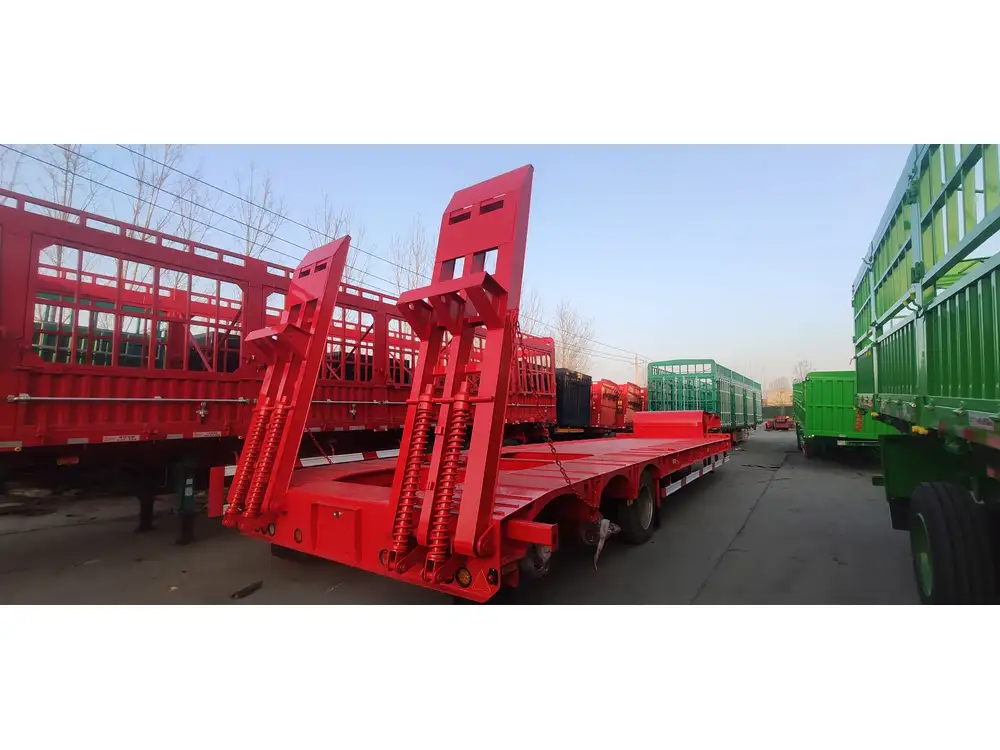
Real-World Implications of Trailer Weight
Every manufacturer and business involved in transportation should be acutely aware of how the weight of a flatbed trailer will impact operations:
1. Fuel Efficiency
Heavy trailers require more energy to pull, thereby increasing fuel consumption. Understanding weight optimization helps businesses save on fuel costs.
2. Load Capacity and Compliance
The ability to load efficiently without exceeding weight limits avoids potential fines, safety issues, and liabilities. Organizations must ensure they respect local and federal weight restrictions.
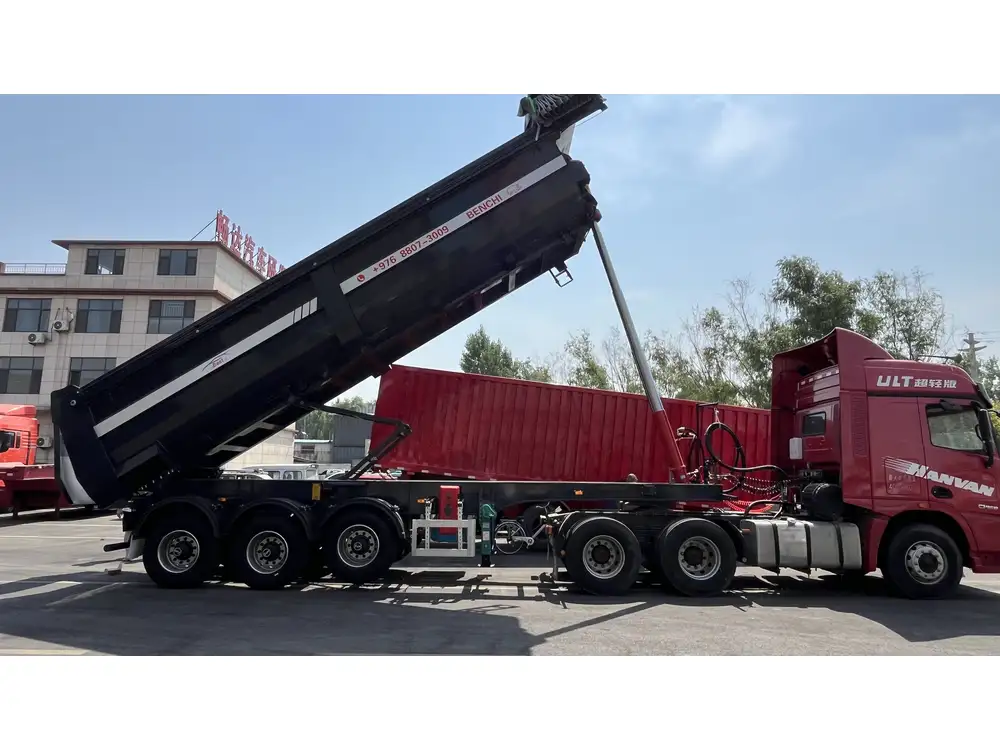
3. Safety
The weight of a trailer contributes significantly to its stability and handling capabilities. Overloading compromises braking distances and increases the risk of accidents.
4. Maintenance Costs
Heavier trailers may incur more wear and tear. Regular maintenance should consider the weight and type of load frequently carried.
Accessories and Their Influence on Weight
Various accessories can enhance the efficiency and functionality of a flatbed trailer, yet they also contribute to the overall weight. Let’s discuss some prevalent accessories:
| Accessory | Weight Impact (Estimated) |
|---|---|
| Toolboxes | 100 – 300 lbs |
| Winches | 50 – 200 lbs |
| Side rails | 50 – 150 lbs |
| Ramps | 200 – 400 lbs |
Balancing the acquisition of helpful accessories with the requirement to stay within weight limits is essential for a productive operation.
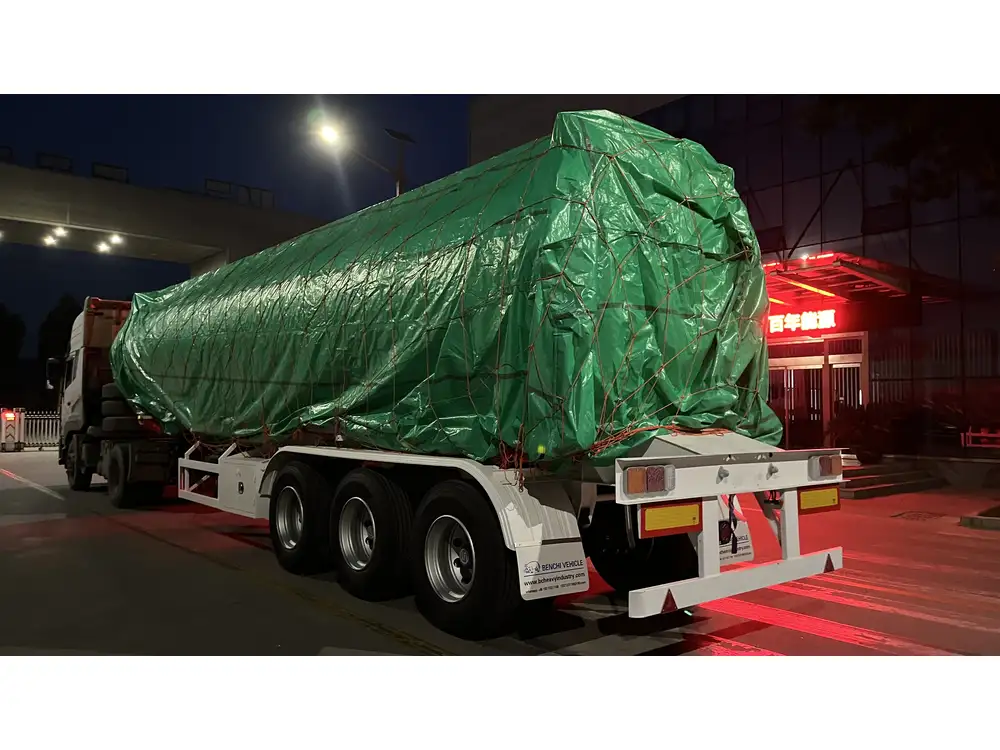
Weight Regulations by Region
It’s vital to grasp the regional differences in weight regulations affecting flatbed trailers, as they can vary significantly.
United States
- Federal regulations typically limit the weight to 80,000 lbs for a combination of vehicle and trailer (including cargo).
Canada
- Similar weight restrictions apply, but specific provinces may allow for greater weight under certain conditions.
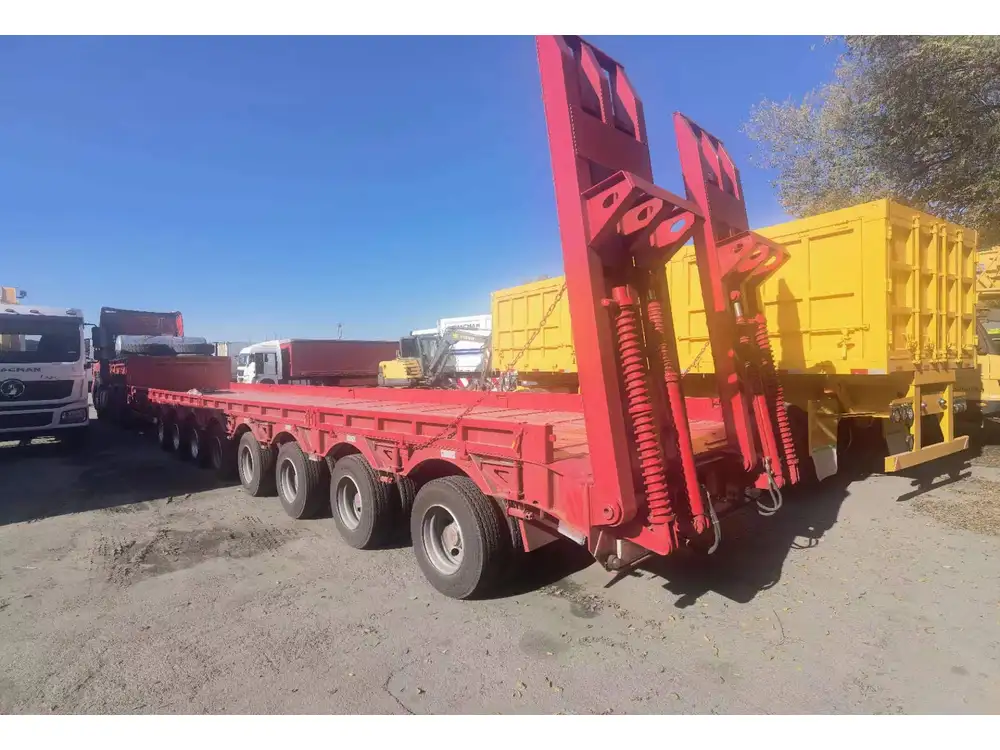
Europe
- In Europe, the limits can be more stringent, with many areas enforcing a 44,000 kg (approximately 97,000 lbs) limit for combination vehicles.
Conclusion: Making Informed Choices
In summary, knowing how much a 48 ft flatbed trailer weighs is vital for any transport company or logistics manager. Understanding the weight not only informs loading decisions but also contributes to regulatory compliance, efficiency, and safety on the road. By considering factors like material, additional equipment, and local regulations, businesses can make informed decisions that enhance their operational effectiveness.
Choosing the right type of trailer for your specific needs, in conjunction with weight management best practices, can save substantial costs and increase productivity. Feel free to connect with us for any additional insights or tailored solutions for your flatbed trailer requirements.



